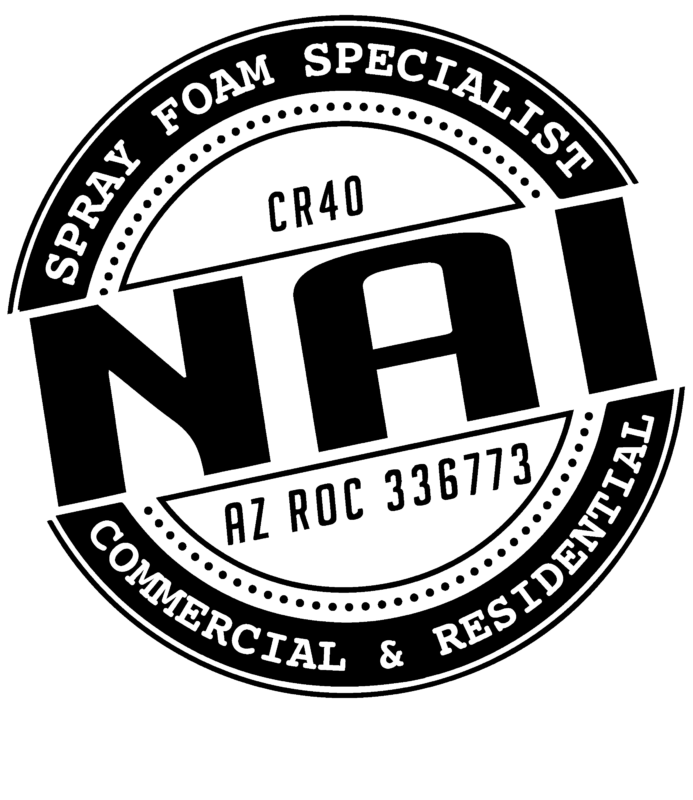Spray Foam faq
Frequently Asked Questions
Please read our FAQ before sending us a message.
There are two different types of spray foam insulation, open cell and closed cell. Closed cell spray foam will be more hard and rigid, whereas open cell has a more spongy feel to it. Closed cell has an R-value around R-7 per inch and open cell is R-3.5 per inch. Closed cell becomes an air barrier at only 1″ of application, while open cell is on average 3″ to achieve an air barrier. Open cell is also water permeable, while closed cell is not. Open cell can also act as a sound barrier that will help with reducing noise from the outside.
The most important difference between spray foam insulation and traditional forms of insulation such as fiberglass or cellulose is the thermal/air barrier that spray foam provides all in one. Closed cell even has a moisture barrier as well. Spray foam provides insulation and air sealing with one product while traditional forms do not have any barrier to the flow of air. The thermal/air barrier is the most effective way to insulate and reduce energy costs.
Spray foam insulation provides a sealed thermal envelope. When applied, the insulation conforms and fills every crack and void. By filling these voids you seal the house against: wind, dust, moisture, pollen, spores, insects, mold and allergens. Spray foam insulation provides a healthier, quieter, draft-free, indoor environment with no harmful emissions that can cause allergic reactions.
Spray foam insulation is installed in a new construction after the windows and roof are installed and electrical, framing, and plumbing inspections are complete — and after any other electrical or mechanical systems located behind the drywall is installed. It is the last installation to take place before drywall installation.
No. Building code no longer requires ventilation in attics with foam insulated rooflines.
Spray foam is applied on the ceiling of the attic instead of the floor. This insulates the attic from the outside weather while keeping the temperature inside the attic and the living areas in tandem. This negates any disadvantages of an otherwise unventilated attic.
There are a number of factors that determine price but for the simplest answer, spray foam is about twice as expensive as traditional fiberglass insulation. The size of the job, the type of foam being installed, whether or not we need to extract existing insulation, and the fact that some municipalities require the addition of ignition barriers all determine the cost of a spray foam job. What you get with that added cost, however, is a high-quality product that, when installed by our properly trained crew, outperforms traditional insulation because it is an air barrier and insulator in one.
